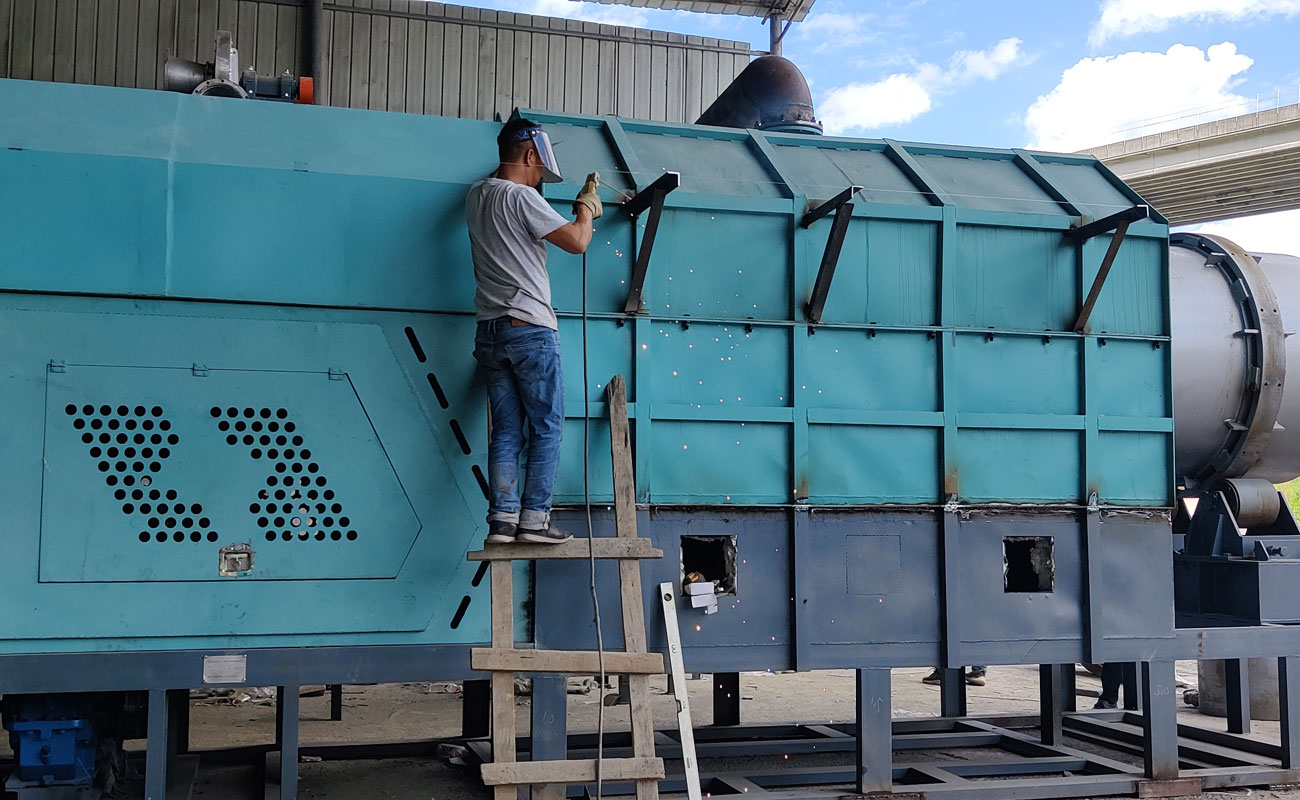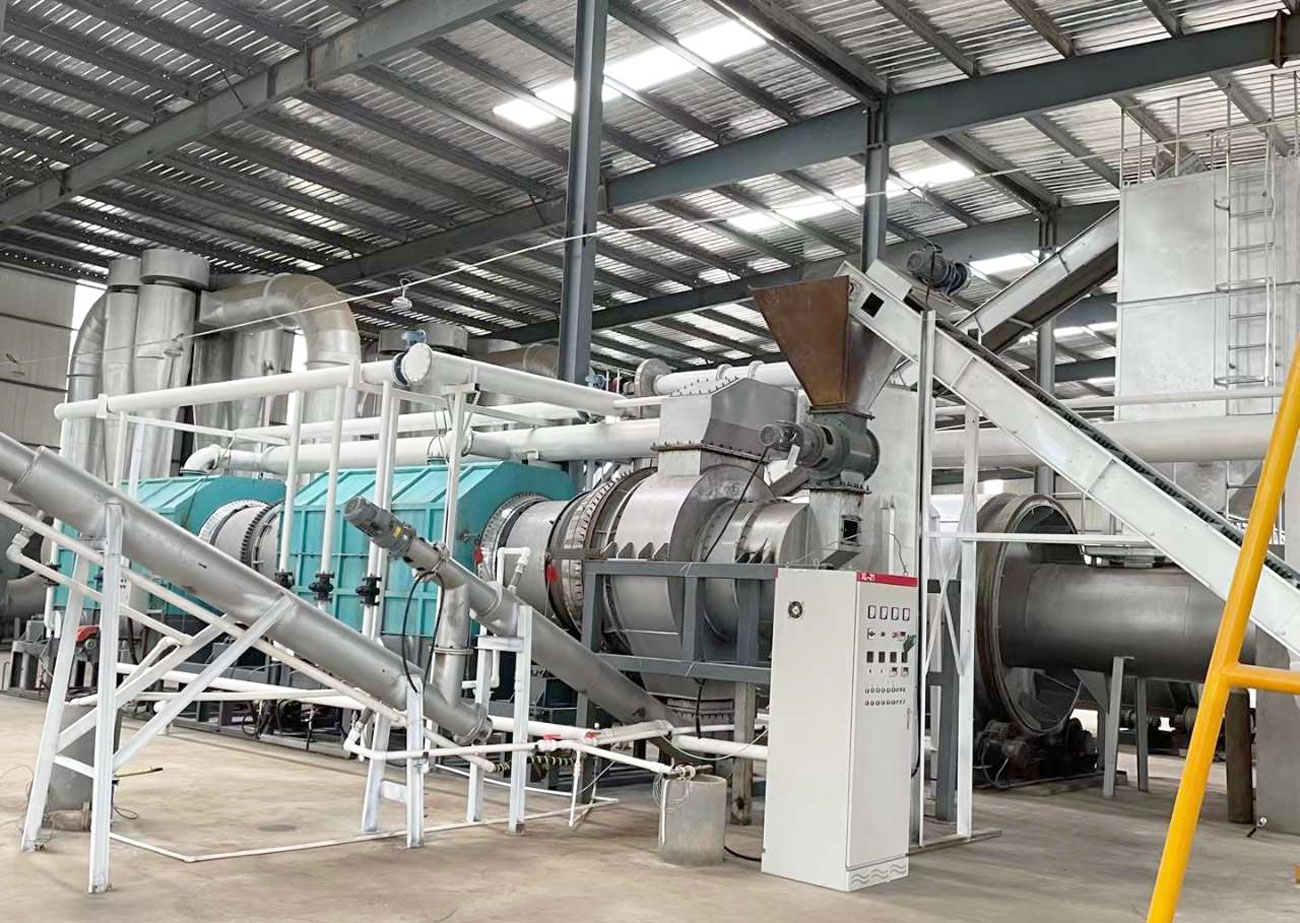Biochar production equipment plays a crucial role in harnessing the potential of biochar for sustainable agriculture and carbon sequestration. In this article, we will explore the evolution of biochar production equipment, its key components, the automation and control systems involved, and the financial opportunities in the carbon credit market. We will also delve into the innovations and future trends shaping the biochar production landscape. Let’s dive in!

The Evolution of Biochar Production Equipment
Early Methods and Challenges in Biochar Production
In the early days, biochar production relied on traditional methods such as open burning and pit charring. However, these approaches had limitations in terms of efficiency, scalability, and environmental impact. The inefficient use of biomass feedstock and lack of proper temperature control resulted in inconsistent biochar quality.
Introduction of Modern Technologies and Their Impact
With advancements in technology, modern biochar production equipment emerged, revolutionizing the industry. Technologies like pyrolysis reactors, advanced feedstock preparation systems, and gas cleaning and conditioning systems have significantly improved efficiency and scalability while reducing harmful emissions.
Key Components of Modern Biochar Production Equipment
Biochar Reactors
Exploring the heart of the production process: biochar reactors are the core components of biochar production equipment. They facilitate the conversion of biomass into biochar through thermal decomposition in the absence of oxygen. Different types of reactors, such as fixed-bed, rotary kiln, and fluidized bed reactors, offer unique functionalities and benefits. Advancements in reactor design, including improved heat transfer mechanisms and optimized process parameters, have led to enhanced biochar quality and production efficiency.
Feedstock Preparation Systems
Optimizing the raw material: To achieve efficient pyrolysis, biomass feedstock must be properly prepared. Techniques such as chipping, grinding, and drying are employed to ensure consistent particle size and moisture content. By optimizing the feedstock, biochar production equipment can achieve better control over the pyrolysis process and produce high-quality biochar consistently.
Gas Cleaning and Conditioning Systems
Ensuring environmental compliance: During the pyrolysis process, harmful byproducts and gases are generated. Gas cleaning and conditioning systems are employed to remove impurities, such as tar, particulate matter, and volatile organic compounds, from the gas stream. These systems utilize filtration, condensation, and chemical treatment methods to ensure compliance with environmental regulations. Additionally, energy recovery techniques are implemented to minimize emissions and maximize resource utilization.
Automation and Control Systems: Enhancing Efficiency and Safety
The Role of Automation in Biochar Production
Automation plays a vital role in optimizing biochar production processes. A continuous carbonization furnace can precisely control temperature, feed rates, and airflow, resulting in consistent biochar quality and increased efficiency. Advanced sensors and monitoring devices enable real-time data collection, facilitating process optimization and proactive maintenance.
Advanced Control Systems for Process Optimization and Monitoring
State-of-the-art control systems, such as distributed control systems (DCS) and supervisory control and data acquisition (SCADA) systems, are implemented to monitor and regulate biochar production equipment. These systems provide operators with comprehensive insights into process variables, enabling them to make informed decisions and adjustments for optimal performance.

Carbon Credit Market: Unlocking the Financial Potential
Understanding Carbon Credits and Their Connection to Biochar Production
Carbon credits are a crucial aspect of the biochar industry. Biochar production leads to carbon sequestration, which can be quantified and monetized through carbon credits. These credits represent the reduction or removal of greenhouse gas emissions, primarily carbon dioxide, from the atmosphere. By sequestering carbon in the form of stable biochar, producers can earn carbon credits, contributing to environmental sustainability while generating financial value.
Opportunities for Biochar Producers in Carbon Credit Market
Biochar producers can participate in the carbon credit market by selling their carbon credits to organizations and individuals looking to offset their emissions. Various carbon offset programs and certification standards provide avenues for biochar producers to validate and monetize their carbon sequestration efforts. Leveraging biochar production equipment to generate carbon credits not only establishes a sustainable revenue stream but also incentivizes the adoption of biochar in different sectors.
Innovations and Future Trends in Biochar Production Equipment
Emerging Technologies and Research
The biochar production equipment industry continues to evolve, with ongoing research and development focused on enhancing efficiency, reducing environmental impact, and improving biochar quality. Emerging technologies, such as microwave-assisted pyrolysis and hydrothermal carbonization, show promising potential in achieving more sustainable and energy-efficient biochar production.
Potential Advancements in Equipment Design and Process Optimization
Future advancements in biochar pyrolysis equipment may involve the integration of novel reactor designs, improved heat recovery systems, and advanced automation technologies. Process optimization techniques, such as advanced modeling and simulation, can further enhance the efficiency and effectiveness of biochar production. These advancements aim to address current challenges and drive the industry towards more sustainable and cost-effective solutions.
The Role of Artificial Intelligence and Machine Learning in Biochar Production
Artificial intelligence (AI) and machine learning (ML) are poised to revolutionize biochar production. AI algorithms can analyze large datasets collected from sensors and optimize process parameters in real-time, maximizing biochar quality and production efficiency. ML models can also assist in predicting and mitigating process-related issues, leading to safer and more reliable operations.
Conclusion
Modern biochar production equipment has unlocked the potential of biochar as a valuable tool in sustainable agriculture and carbon sequestration. With the evolution of technology, biochar production has become more efficient, scalable, and environmentally friendly. Key components such as pyrolysis reactors, feedstock preparation systems, gas cleaning and conditioning systems, as well as automation and control systems, play crucial roles in achieving optimal biochar production. Moreover, the carbon credit market provides financial opportunities for biochar producers, encouraging the adoption of biochar as a carbon sequestration solution. As innovations and future trends continue to shape the industry, biochar production equipment will continue to pave the way for a greener and more sustainable future in agriculture and environmental stewardship.